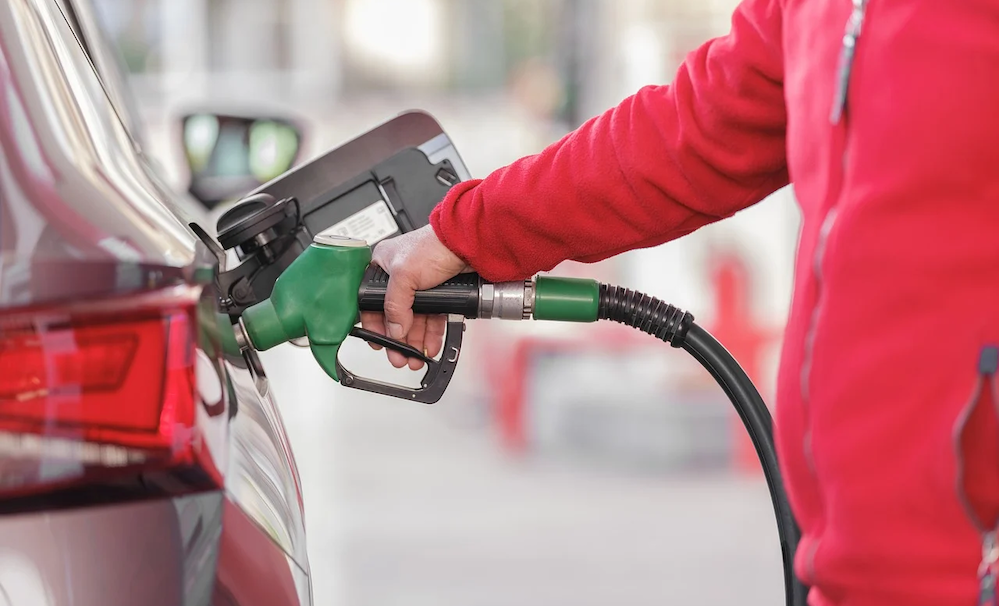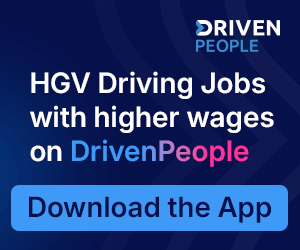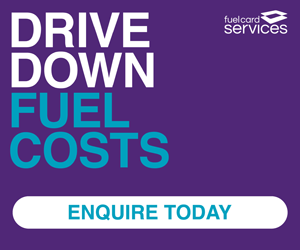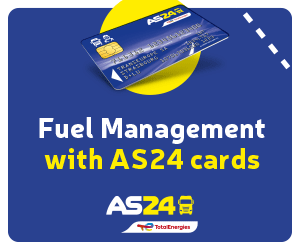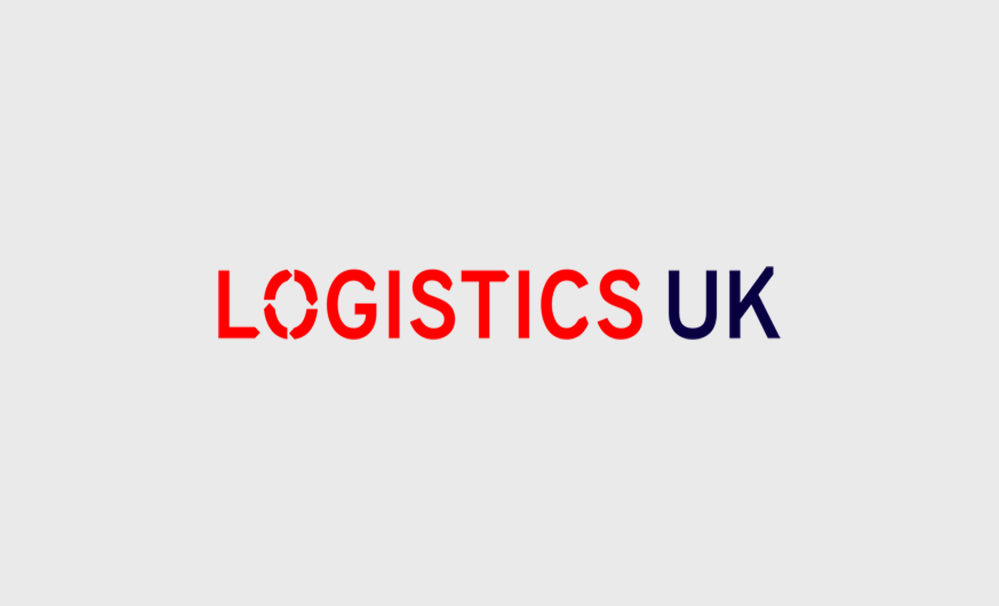As fuel costs continue to rise and environmental regulations become more stringent, efficient route planning has become crucial for logistics and transportation businesses. Streamlining delivery routes is not only essential for reducing operational costs but also plays a significant role in minimising environmental impact.
The Essentials of Route Optimisation
Route optimisation involves analysing and determining the most efficient paths for vehicles to take during deliveries. This process takes into account various factors such as road conditions, traffic patterns, vehicle types, and delivery windows. By implementing smart route planning, companies can significantly cut down on unnecessary mileage, which in turn reduces fuel consumption and carbon emissions.
Efficient route optimisation tools use advanced algorithms to calculate the best possible routes. This technology considers real-time traffic updates and other dynamic elements, ensuring that the selected paths are always optimal.
Benefits of Reduced Drive Times
Shortening drive times is one of the immediate benefits of effective route planning. By keeping vehicles on the road for less time, companies can not only save on fuel costs but also enhance the productivity of their operations. Reduced drive times lead to fewer hours worked by drivers, potentially lowering labour costs and decreasing the likelihood of overtime pay.
Additionally, shorter drive times mean vehicles are less exposed to wear and tear, thereby extending the lifespan of the fleet and reducing maintenance expenses. This strategic reduction in drive time allows businesses to operate more sustainably, preserving their assets while ensuring compliance with environmental standards.
Leveraging Telematics Data
Telematics systems collect a vast amount of data from vehicles, including location, speed, and engine performance. By analysing this data, companies can gain insights into driver behaviour and vehicle efficiency, which are critical for enhancing route planning. Telematics technology helps identify areas where driving habits can be improved for better fuel efficiency.
These systems enable fleet managers to monitor their vehicles in real-time, providing them with the tools to make informed decisions about route adjustments and driver coaching. By leveraging telematics data, companies can ensure that their fleet operates at peak efficiency, thereby maximising fuel savings and improving overall operational effectiveness.
Impact of Vehicle Load and Routing
The weight of a vehicle and how it’s loaded significantly impact fuel consumption. Optimising vehicle load is crucial for improving fuel efficiency across delivery routes. Proper load distribution ensures that vehicles do not consume more fuel than necessary, maintaining an optimal balance between the load and fuel usage.
Routing decisions should also consider load weight. Heavier vehicles may require different routes to avoid steep inclines or areas with frequent stopping and starting, which can lead to higher fuel consumption. By tailoring routes based on vehicle load, companies can further enhance their fuel efficiency.
Integrating Fleet GPS Tracking
The integration of fleet tracking is a cornerstone in modernising fleet management. Fleet GPS tracking ensures that vehicles are always on the most efficient route, even as conditions change throughout the day. This capability not only improves fuel efficiency but also enhances the security and monitoring of the fleet.
With GPS tracking, fleet managers have a bird’s-eye view of all operations, enabling them to respond swiftly to any situation that may require rerouting. Whether it’s a sudden traffic jam or a last-minute delivery request, GPS tracking helps keep everything running smoothly, optimising both time and fuel consumption.
Adapting to Weather Conditions
Weather conditions play a significant role in route planning. Adverse weather can lead to slower traffic, increased fuel consumption, and delayed deliveries. Using weather forecasting in conjunction with route optimisation tools can help planners avoid these pitfalls by adjusting routes in advance.
Incorporating weather data into the routing process allows for the anticipation of potential delays and adjustments to schedules accordingly. This proactive approach not only ensures safer driving conditions but also helps maintain consistent delivery times and fuel efficiency, regardless of the weather.
Scheduling for Off-Peak Hours
Planning deliveries during off-peak hours can drastically reduce time spent in traffic, thereby enhancing fuel efficiency. Traffic congestion is a major contributor to increased fuel consumption as it forces drivers to idle and accelerate more frequently. By scheduling trips during less busy hours, vehicles can maintain a steadier pace, which is beneficial for fuel economy.
Off-peak scheduling also allows drivers to make deliveries faster and with less stress, improving job satisfaction and reducing the risk of accidents. This practice not only benefits the company’s bottom line but also contributes to a healthier work environment for drivers.
Employee Training and Incentives
Educating drivers on efficient driving techniques is essential for maximising fuel efficiency. Training should focus on skills such as maintaining steady speeds, efficient braking, and turning practices. These techniques help reduce fuel consumption and minimise the wear and tear on vehicles.
Introducing incentives for drivers who achieve fuel efficiency targets can motivate staff to adhere to best practices. These rewards not only foster a culture of efficiency but also promote a sense of accomplishment and recognition among team members.
Using Electric or Hybrid Vehicles
Transitioning to electric or hybrid vehicles is a forward-thinking approach to maximising fuel efficiency. Although the initial investment may be higher, the long-term savings on fuel and maintenance can be substantial. Electric vehicles (EVs) are particularly beneficial in urban settings where frequent stopping and starting occur.
Hybrids and EVs reduce the reliance on fossil fuels and emit fewer pollutants, aligning with global efforts to combat climate change. As technology advances, the efficiency and range of these vehicles continue to improve, making them a viable option for more businesses.
Continuous Improvement and Technology Upgrades
The pursuit of better fuel efficiency should be an ongoing effort. Technologies evolve, and staying updated with the latest advancements in route planning software and vehicle technology can provide significant competitive advantages. Continuous improvement in processes and tools ensures that businesses remain at the forefront of efficiency and sustainability.
Investing in new technologies and regularly reviewing route efficiency can lead to continual improvements in fuel consumption rates. This not only helps companies keep operational costs down but also enhances their reputation as environmentally responsible businesses.
Optimising Stop Sequences
Perfecting the sequence of stops on each route is another crucial aspect of maximising fuel efficiency. By organising deliveries in a logical order, drivers can minimise backtracking and unnecessary detours, which often lead to increased fuel consumption. This systematic approach ensures that each trip is as direct and efficient as possible, reducing the distance travelled and the time spent on the road.
Sophisticated route planning software can automatically generate the most efficient stop sequence, taking into account delivery priorities and deadlines. This not only optimises fuel usage but also enhances customer satisfaction by ensuring timely deliveries.
Evaluating Alternative Fuels and Technologies
Exploring alternative fuels and advanced vehicle technologies is another strategy for reducing fuel costs and enhancing environmental sustainability. Biofuels, natural gas, and hydrogen fuel cells offer viable alternatives to traditional petrol and diesel, each with its own set of benefits and challenges. These alternatives often burn cleaner than conventional fuels, reducing emissions and sometimes improving engine efficiency.
Additionally, adopting new technologies like automatic tire inflation systems can help maintain optimal tire pressure, which significantly impacts fuel efficiency. Fleet managers should assess the feasibility and potential savings of these alternatives regularly, ensuring that their choices align with both economic and environmental goals.
Wrapping Up
Streamlining delivery routes is imperative for any transport and logistics company aiming to thrive in today’s economy. It’s not just about reducing costs—optimising routes has a profound impact on a company’s carbon footprint and operational efficiency. By embracing advanced routing technologies and strategies, businesses can achieve greater sustainability and profitability in an increasingly competitive market.


